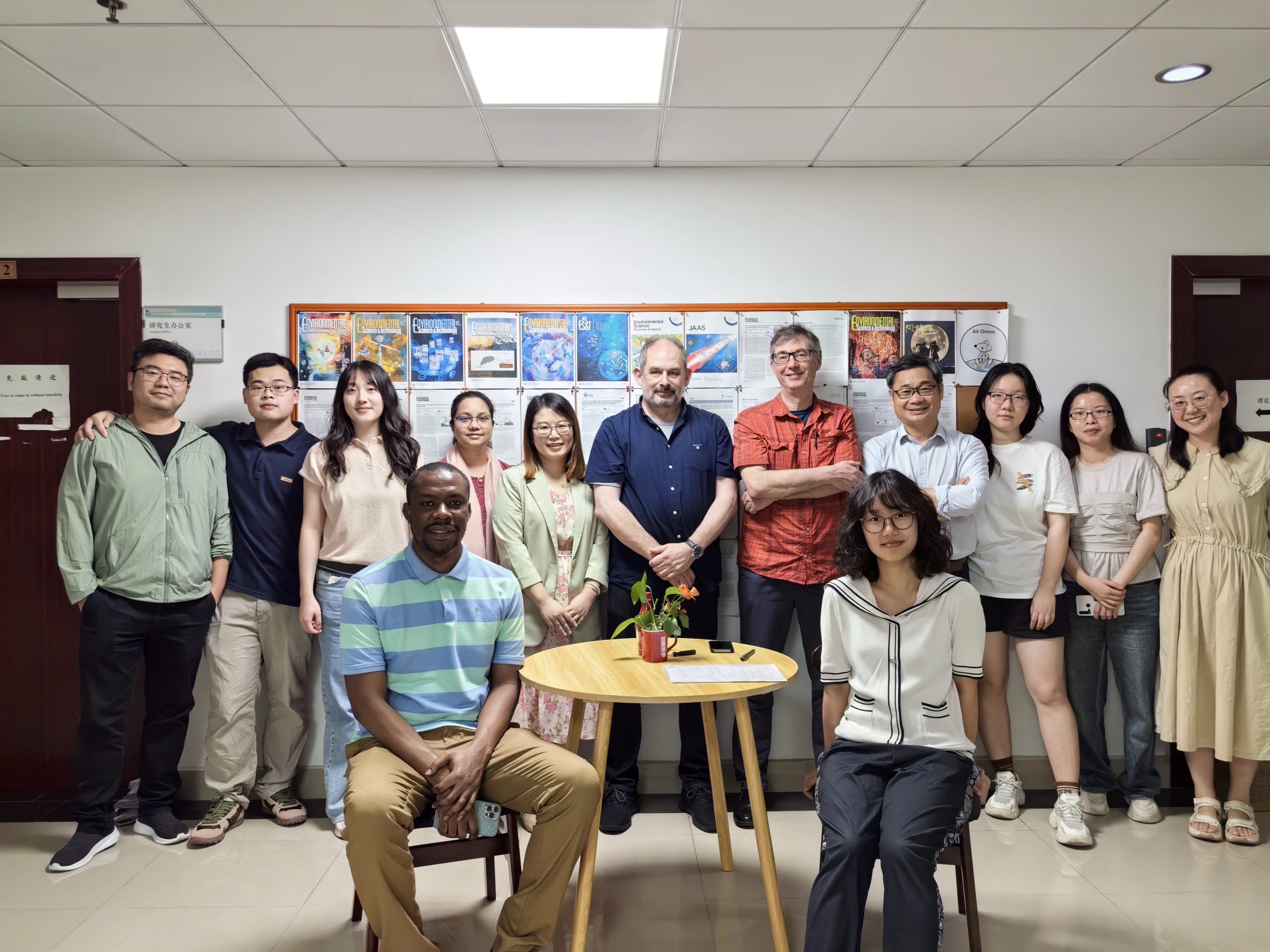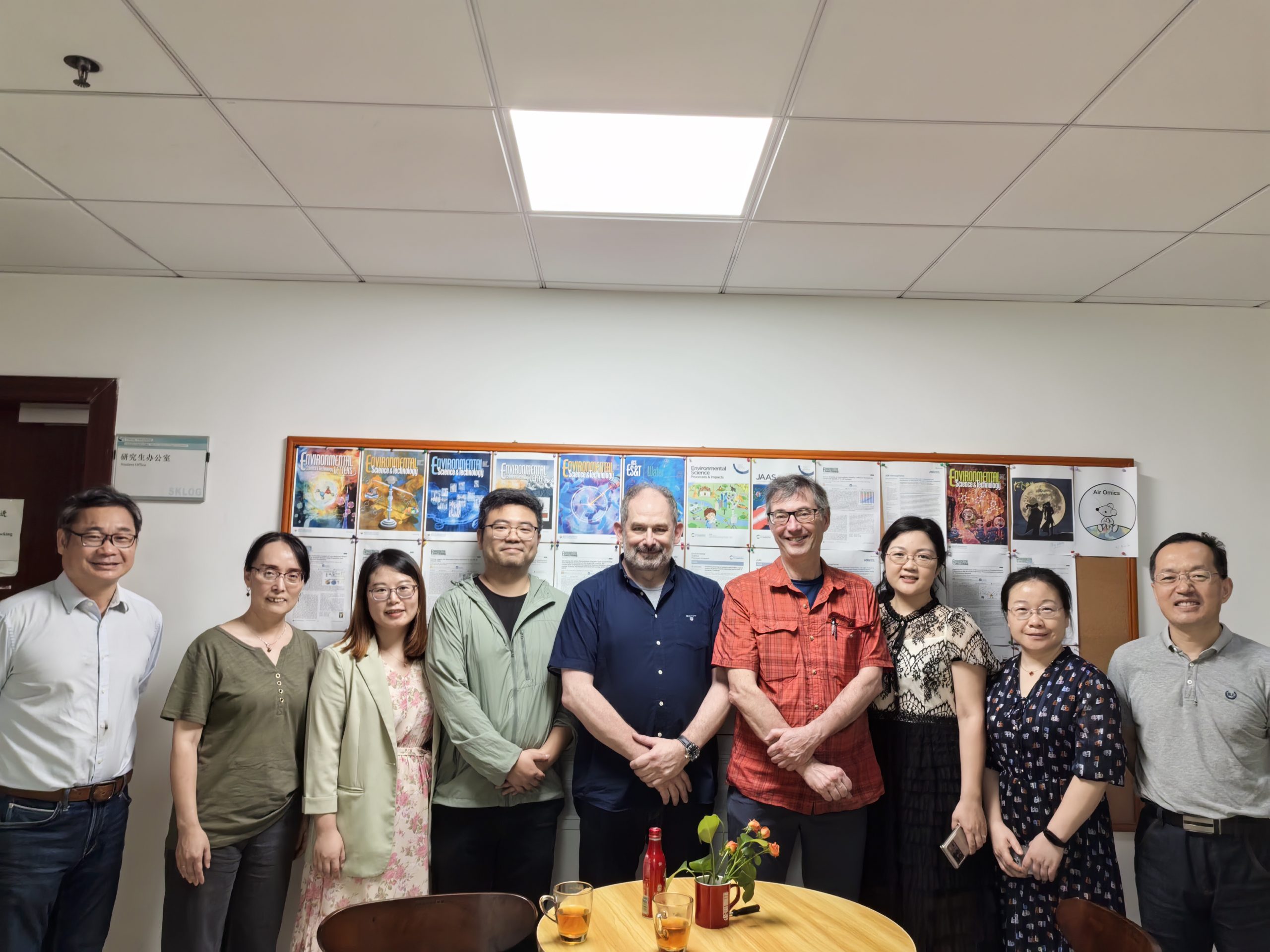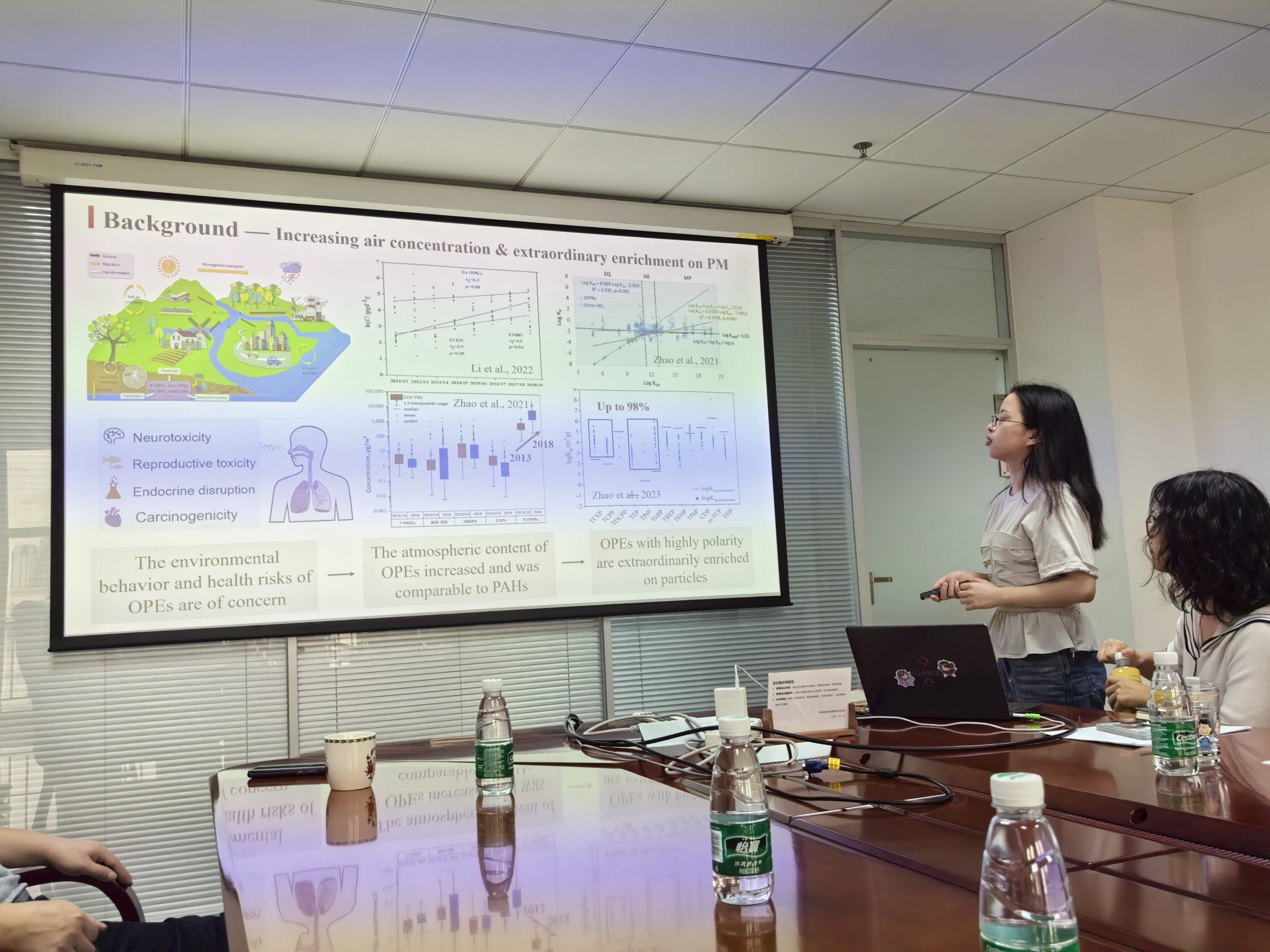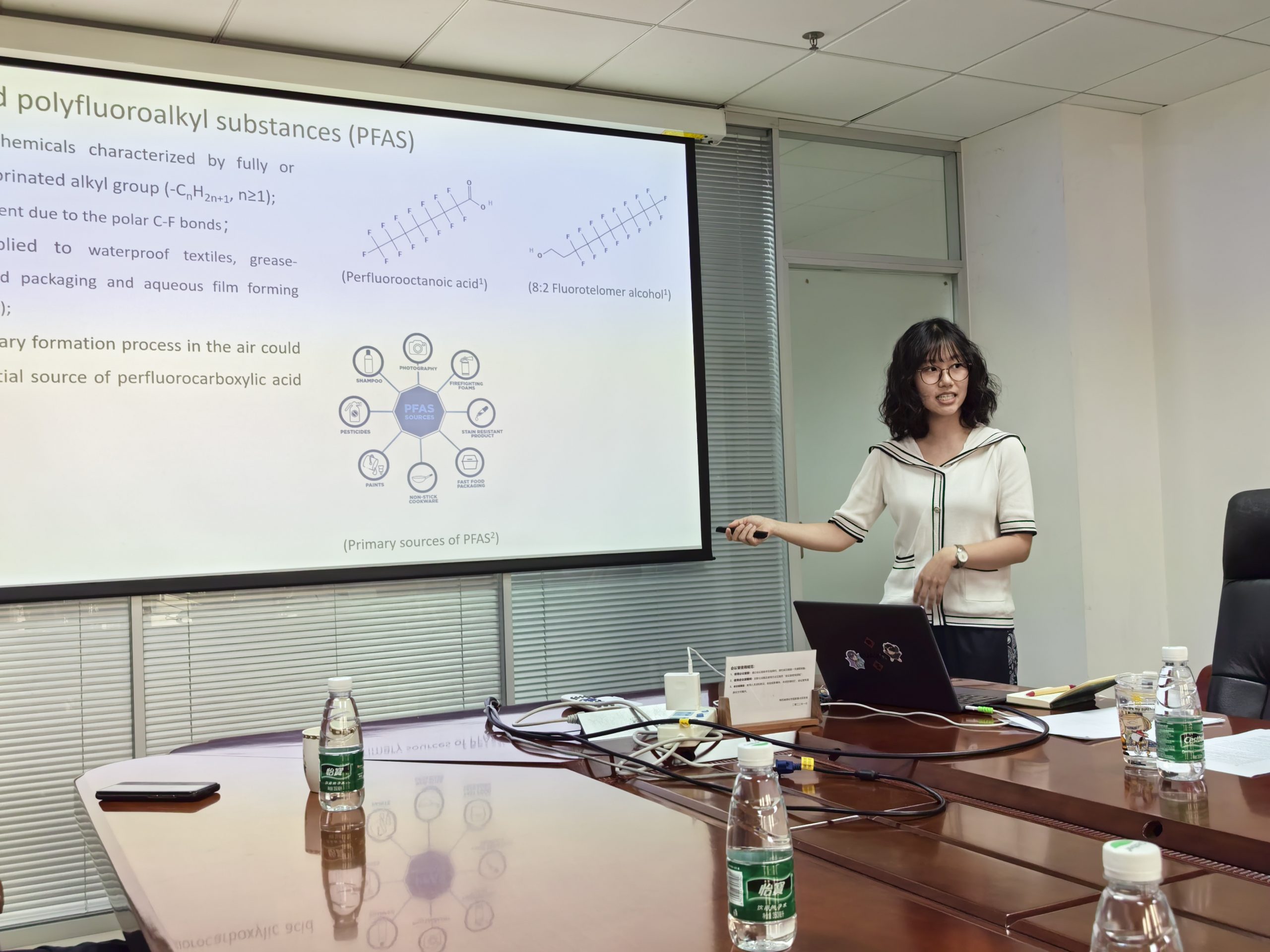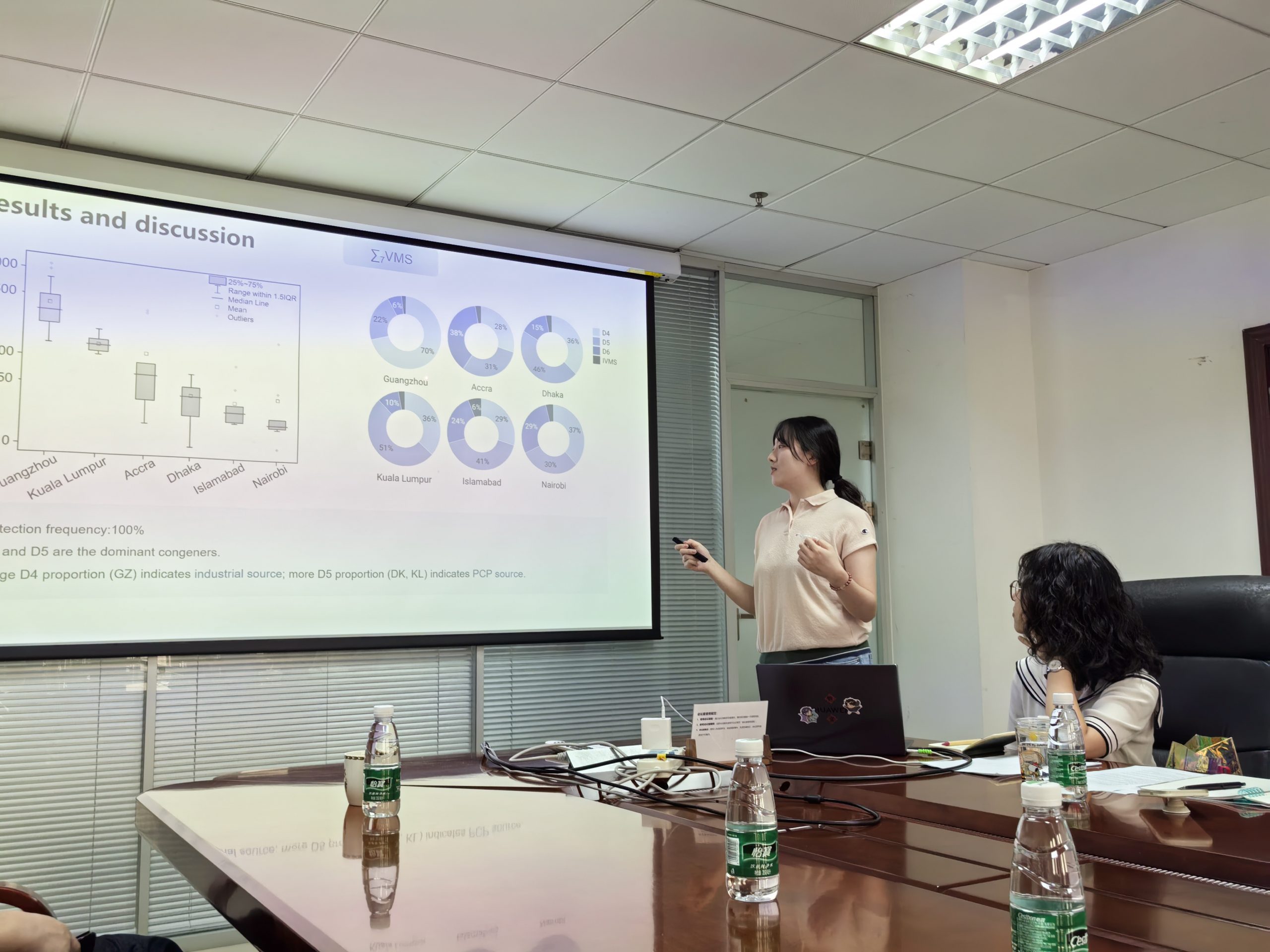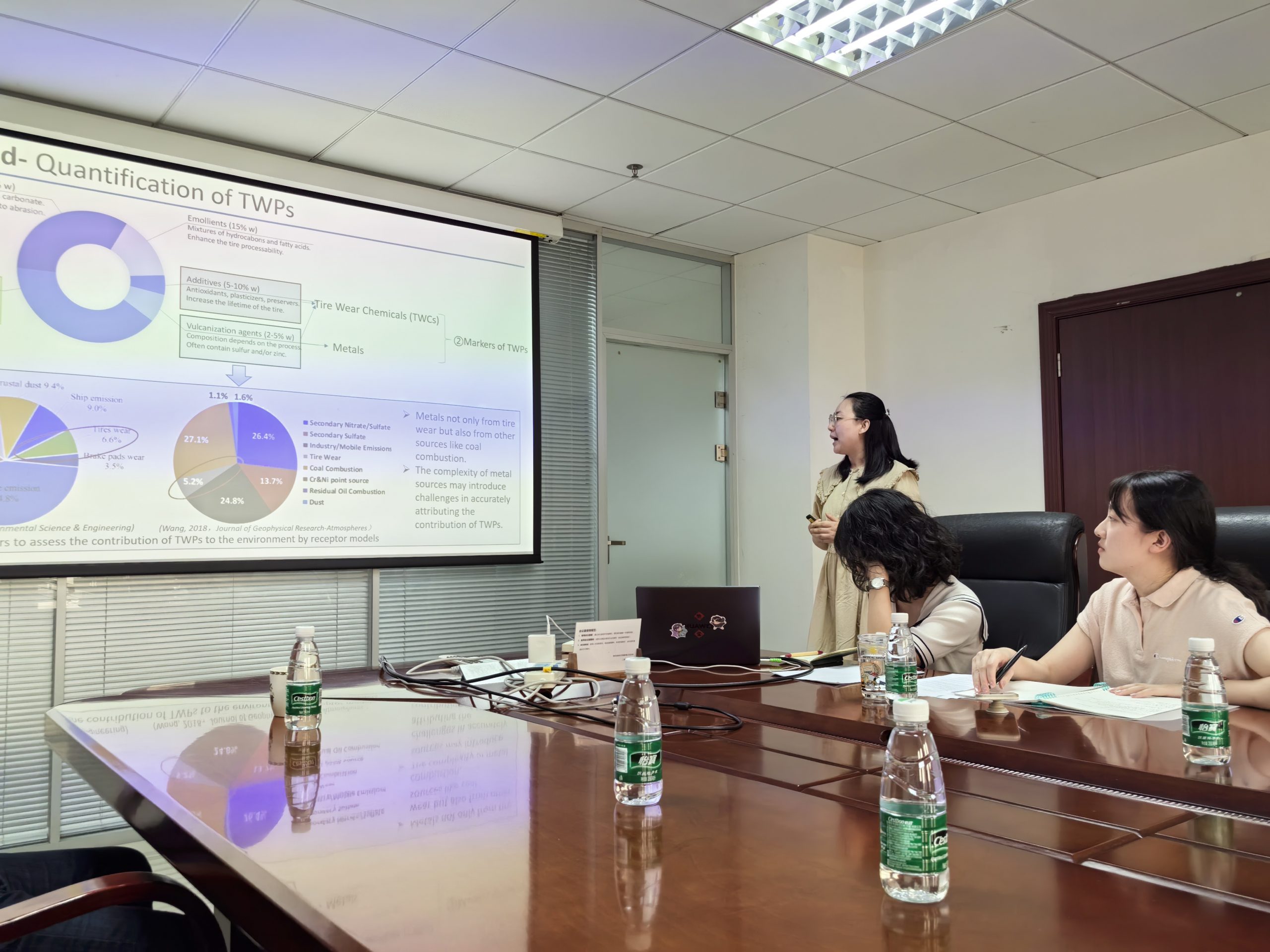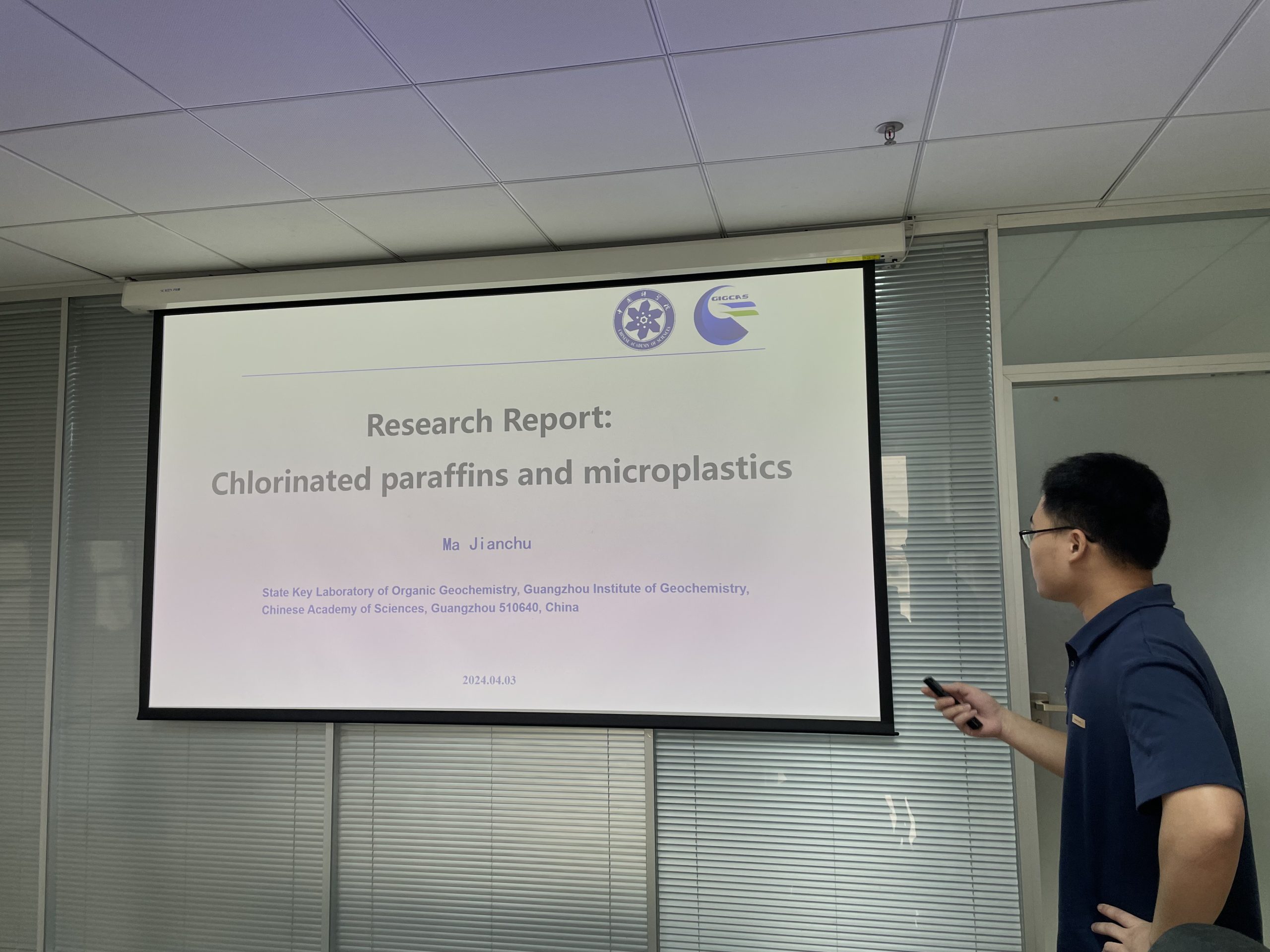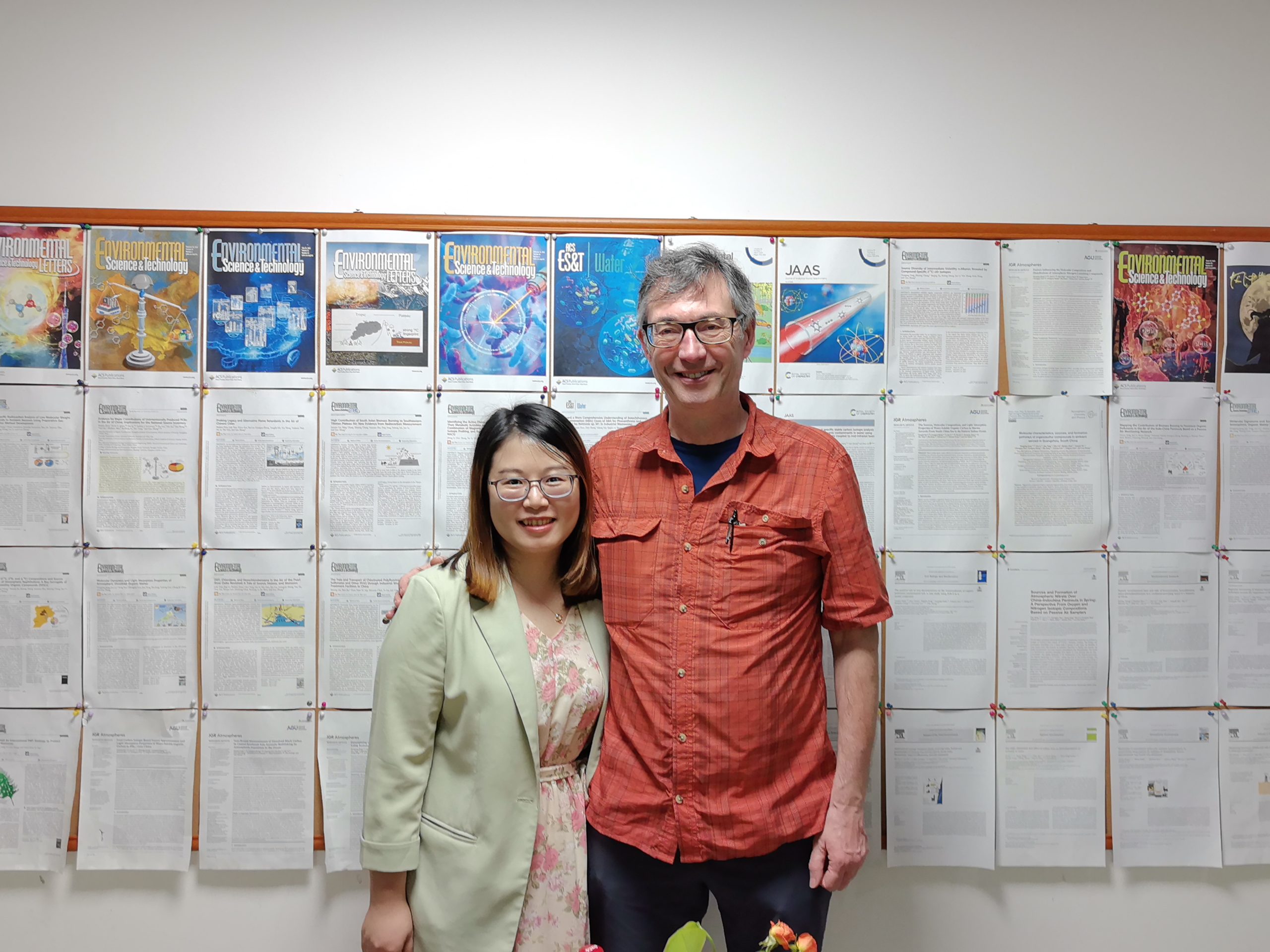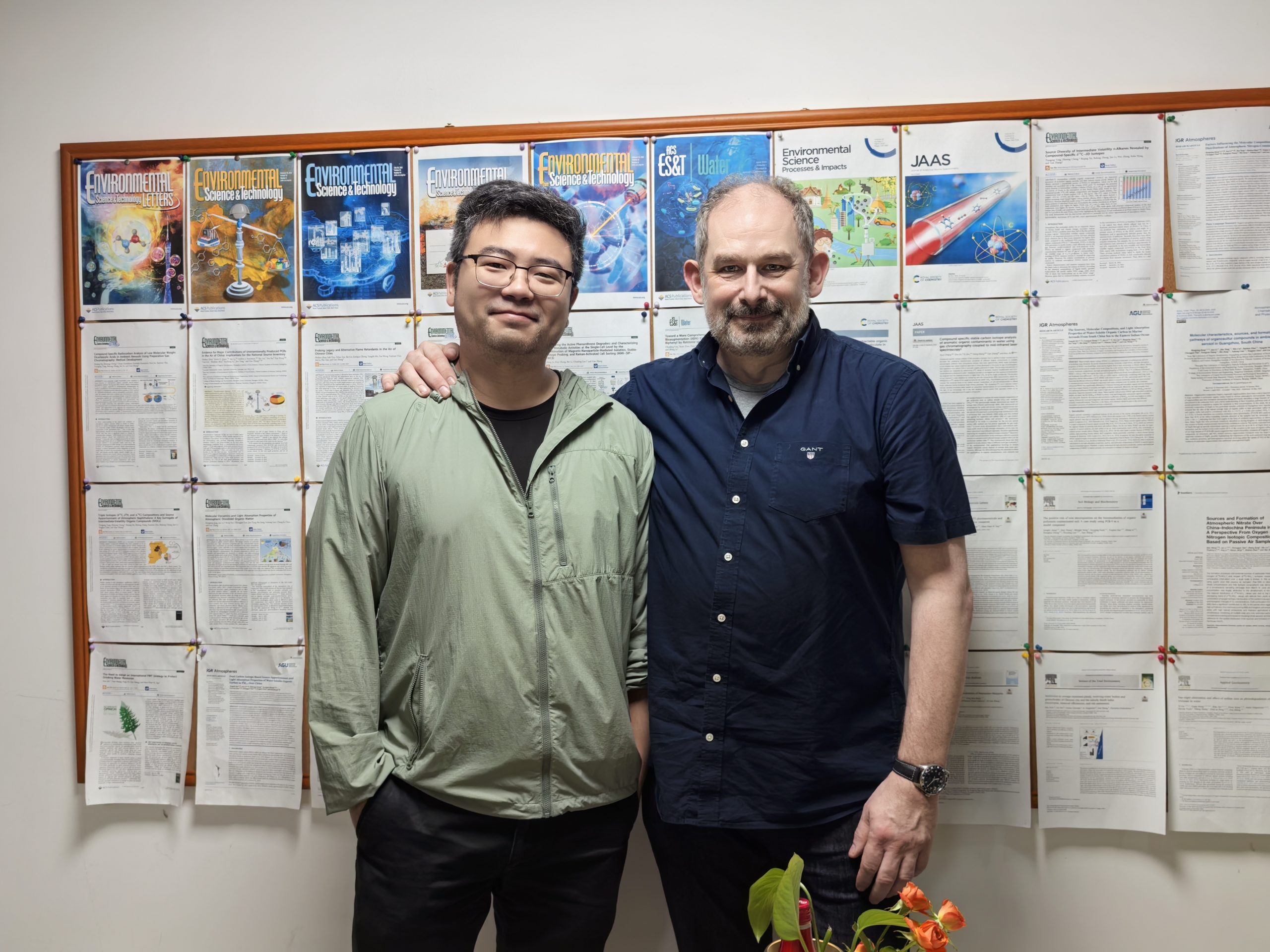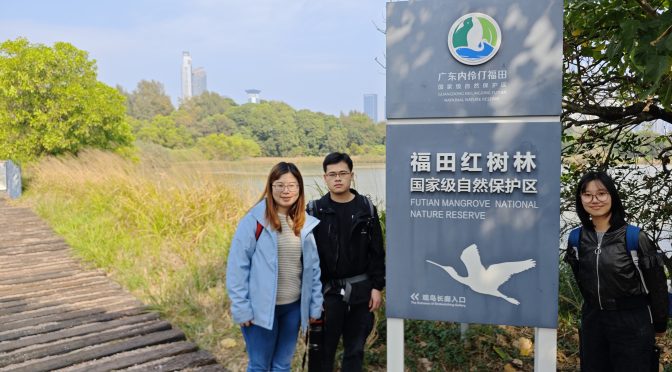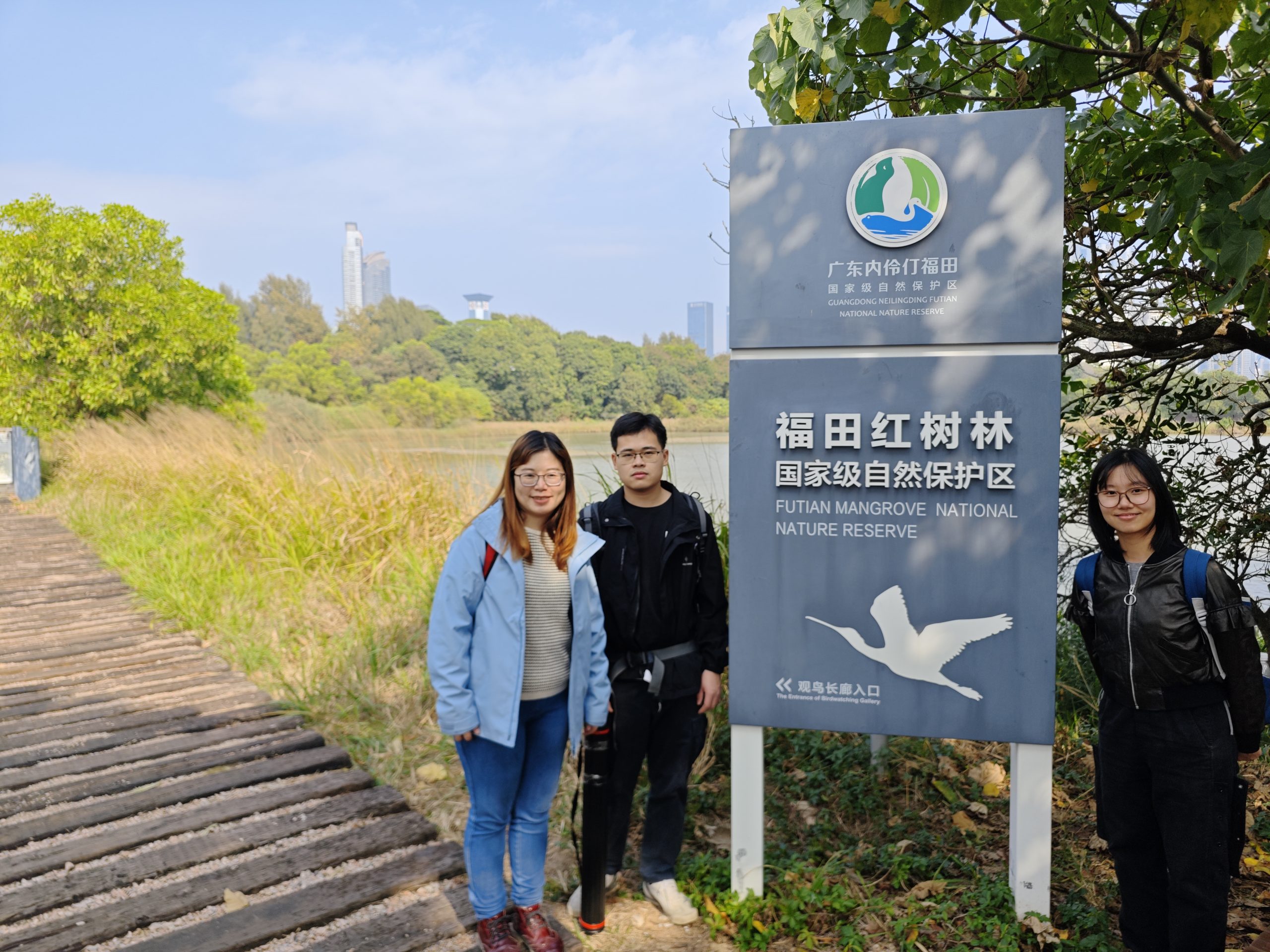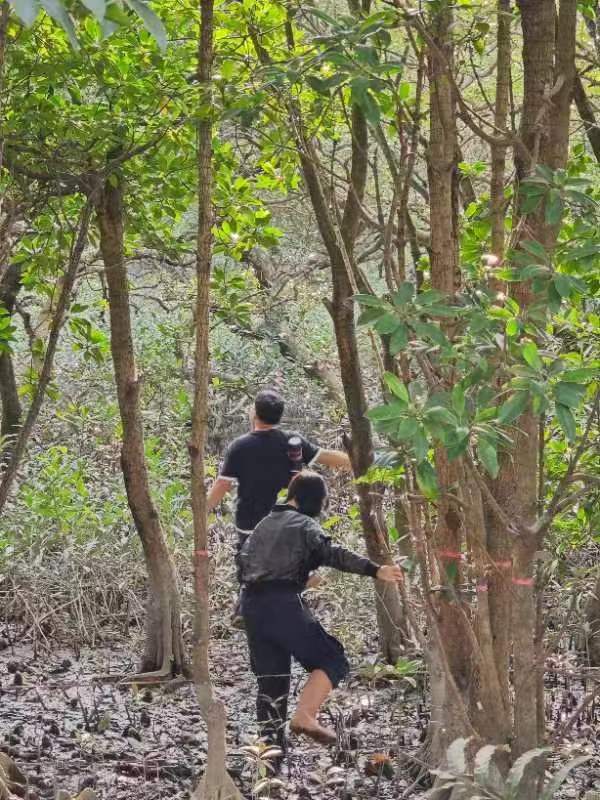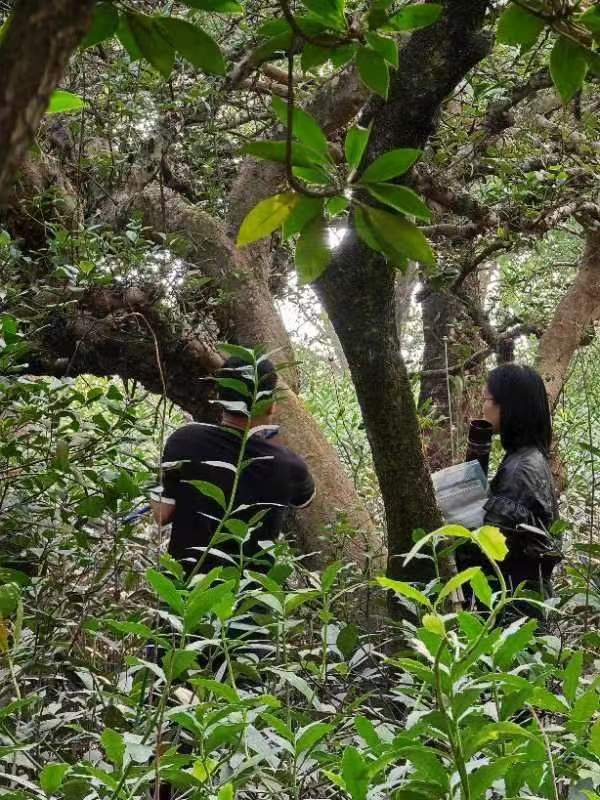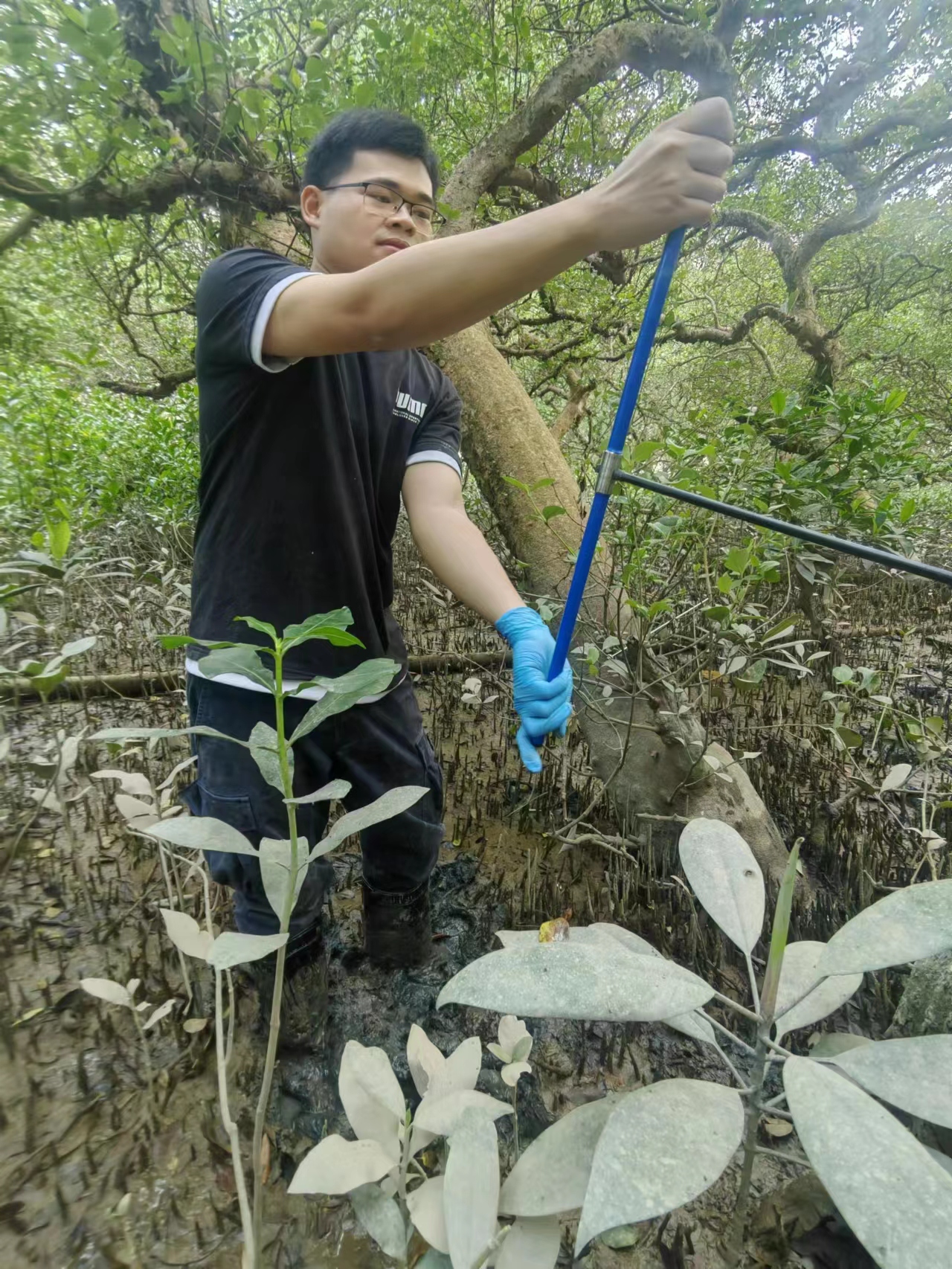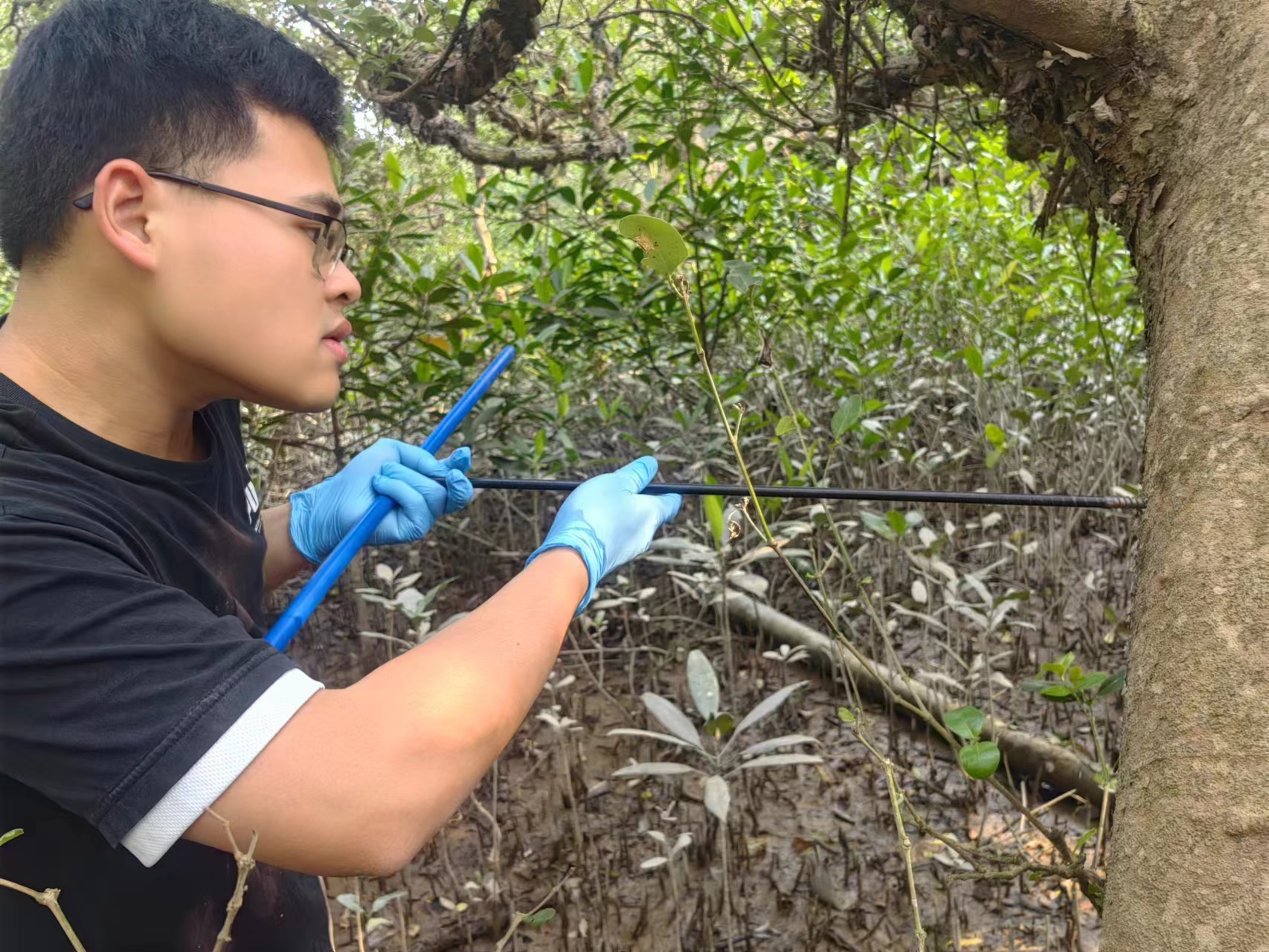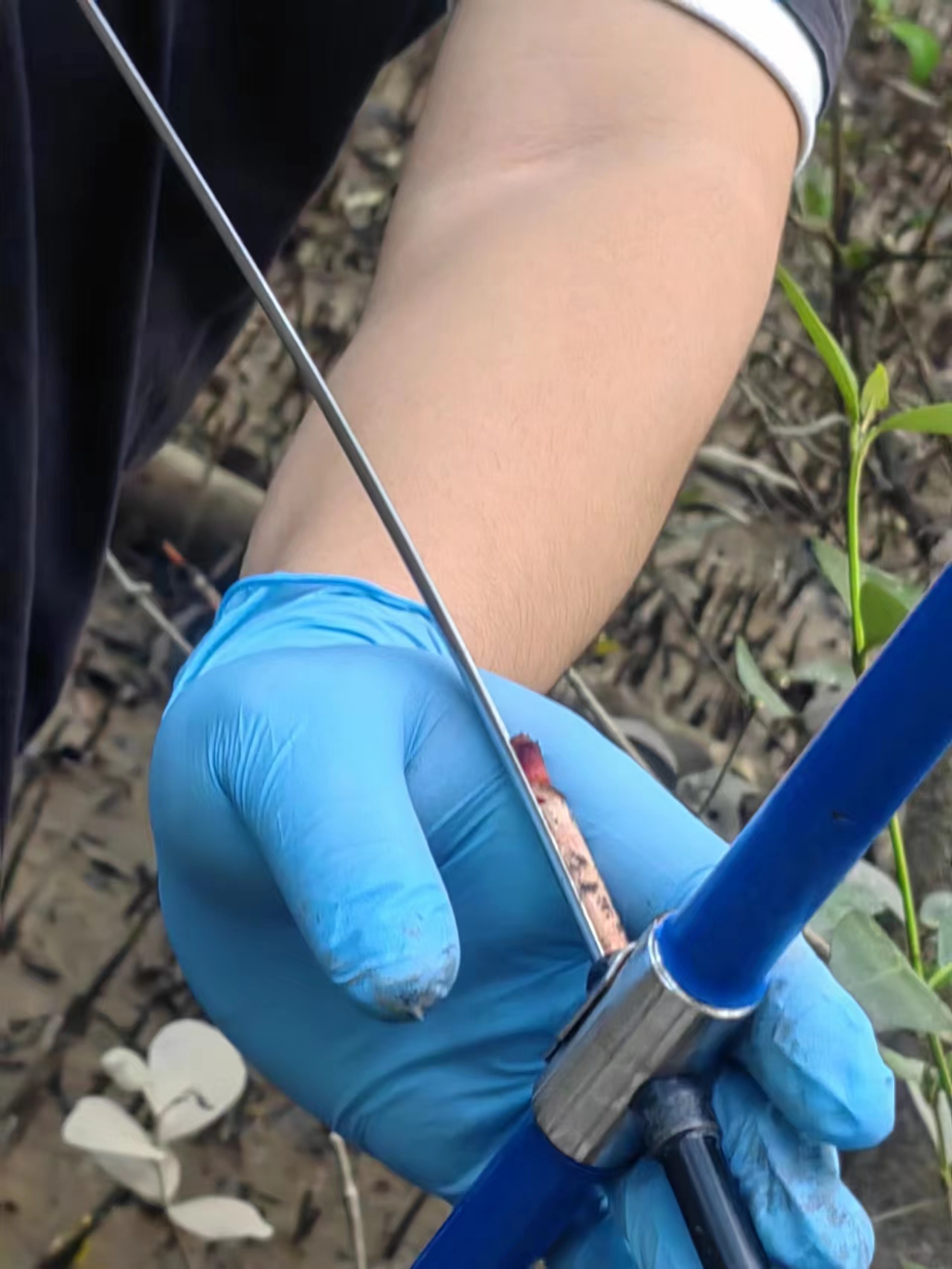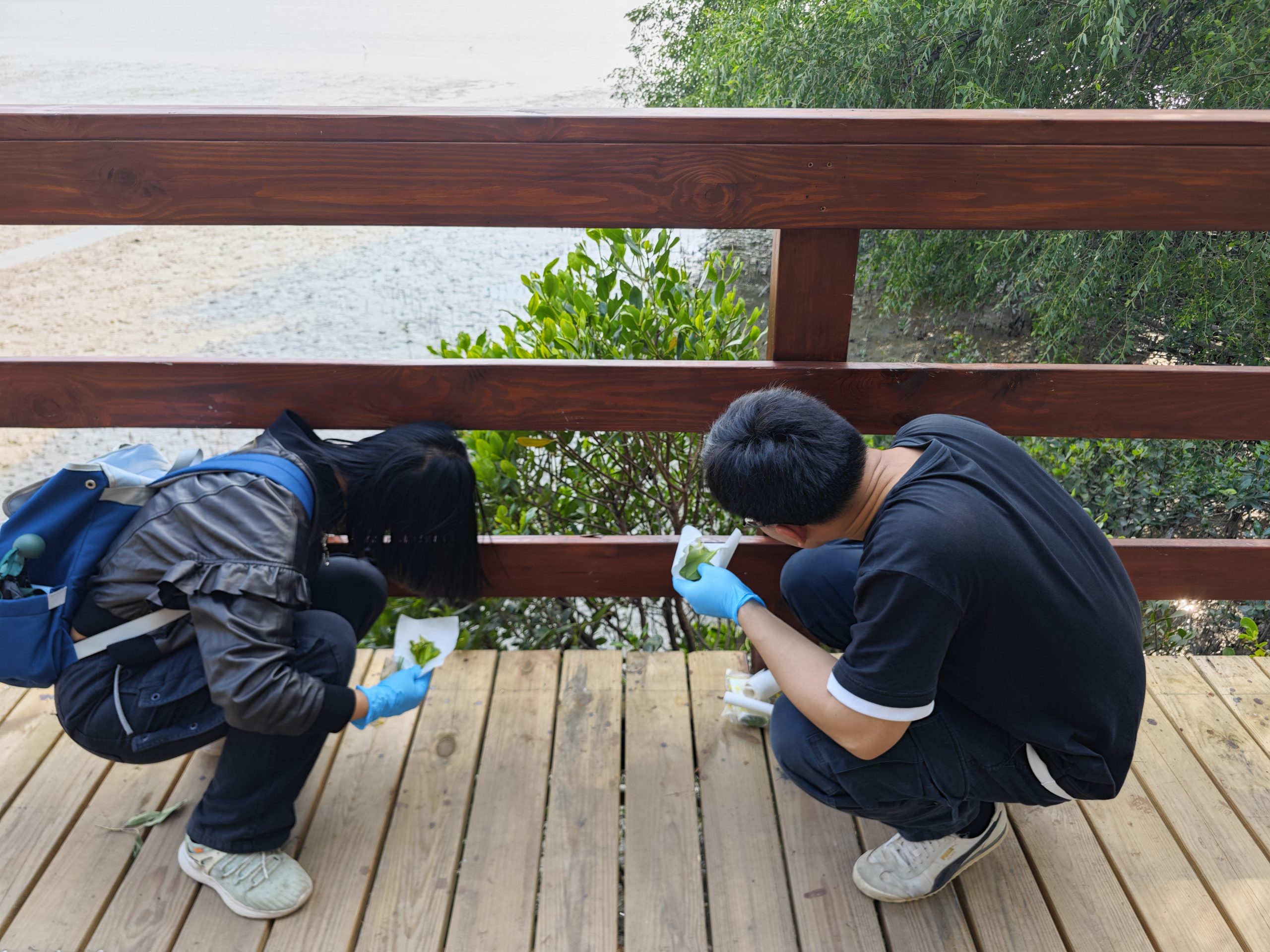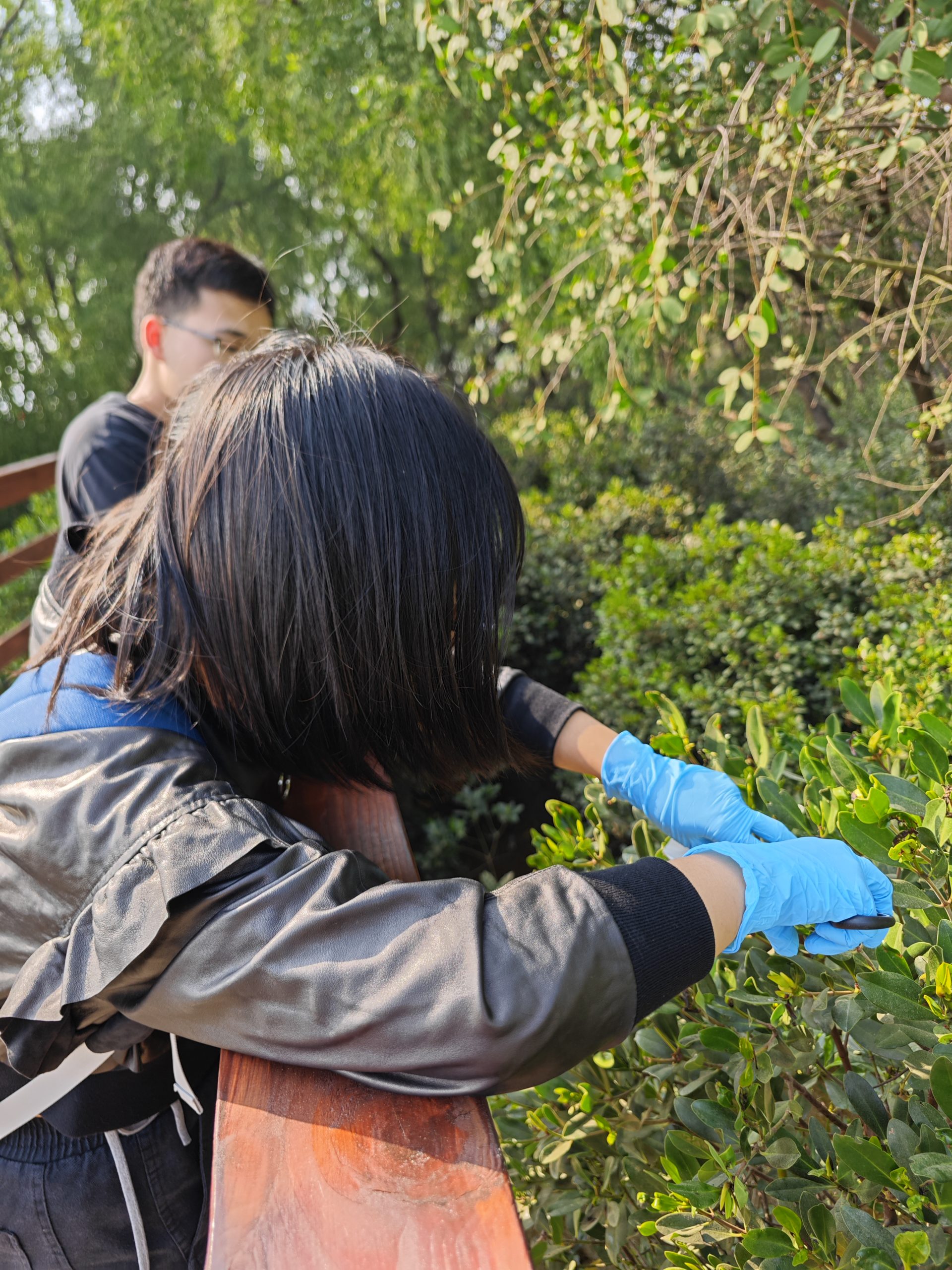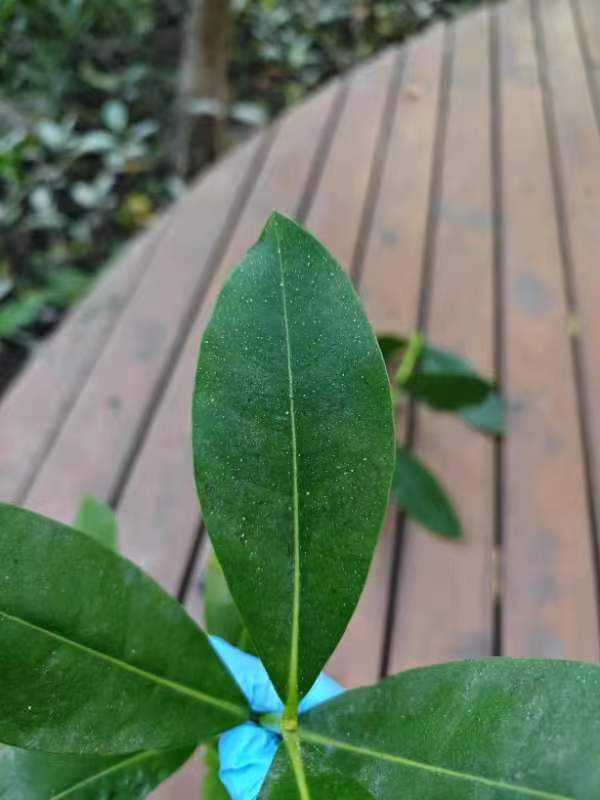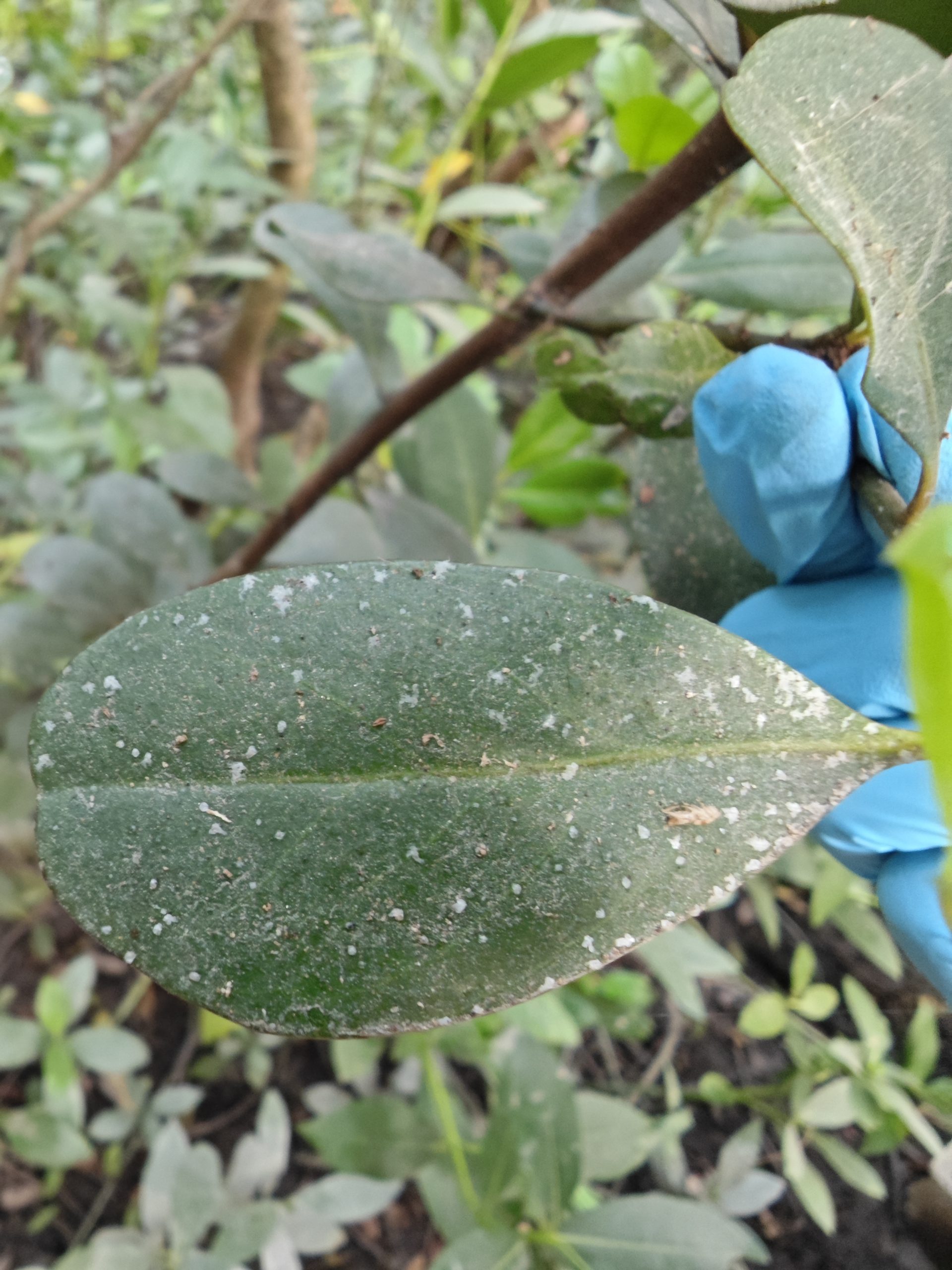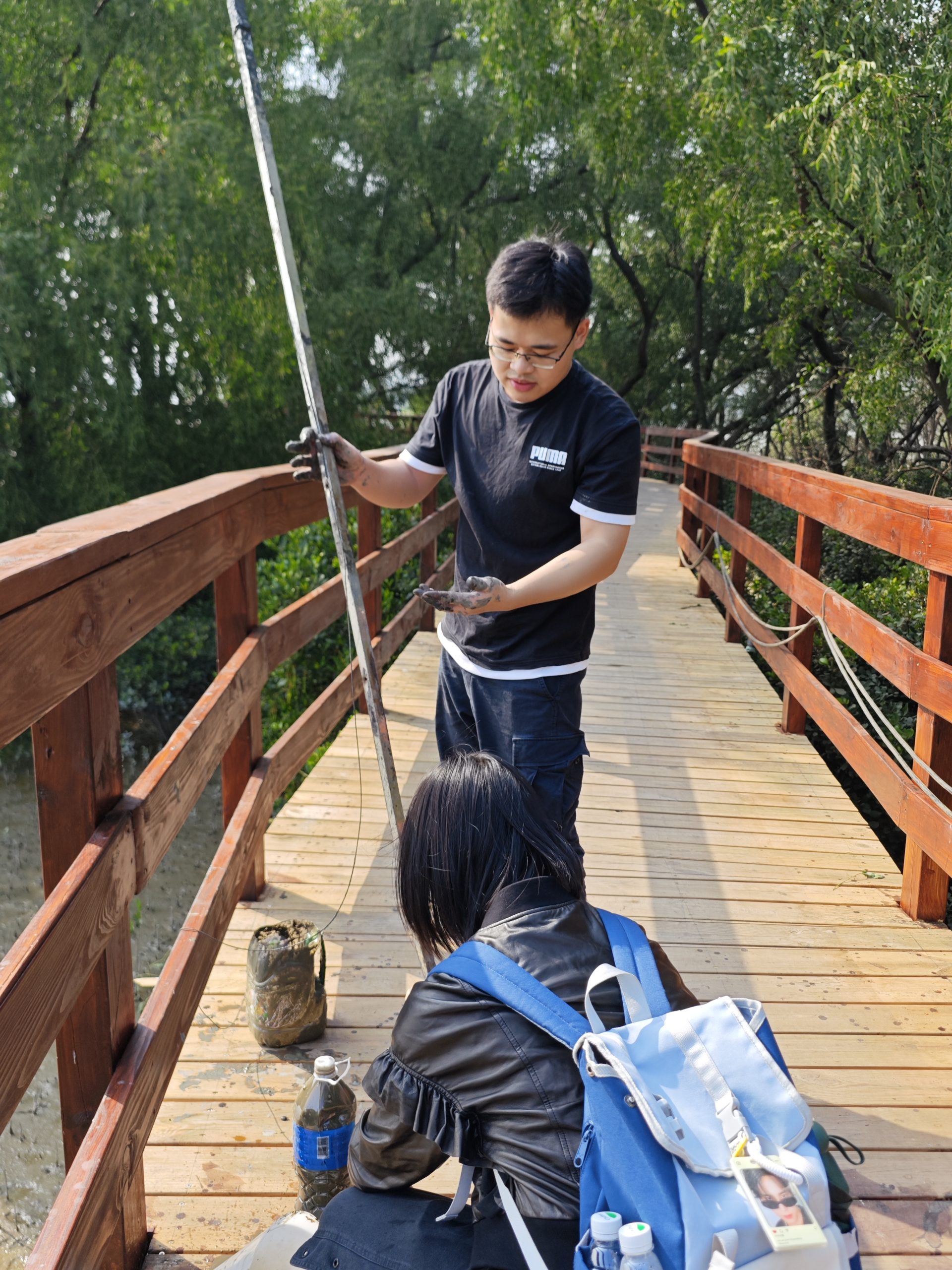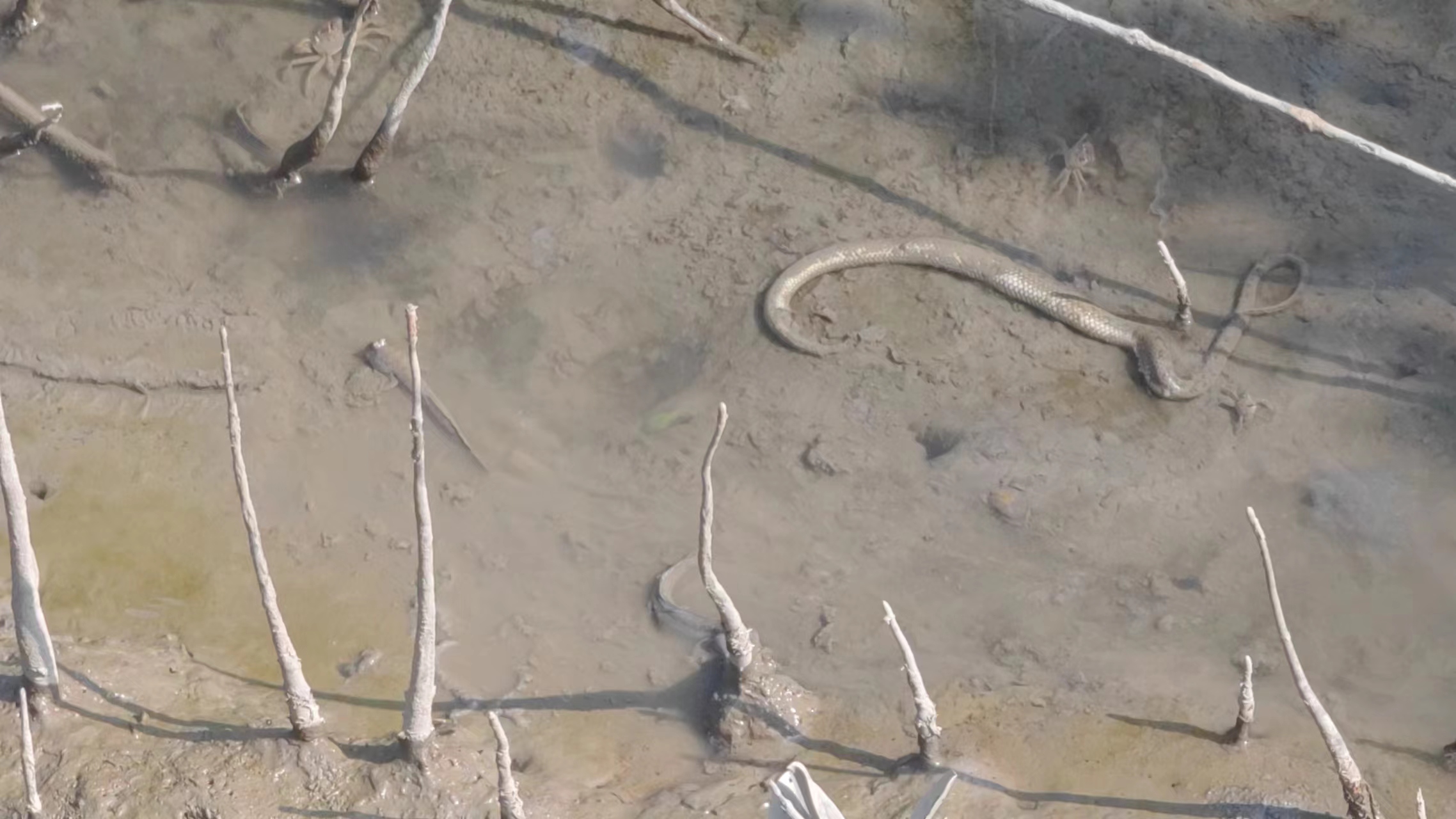At Apr.3rd, professor Kevin Jones and professor Kirk T. Semple from Lancaster University made a memorable visit to the GIG. Kevin was the prof.Zhao’s teacher during her PHD. The day kicked off with a stimulating group meeting, where five students presented their current research progress. Each presentation was met with keen interest and constructive feedback from Kevin, known for his insightful perspectives. His engaging comments not only showcased his expertise but also sparked lively discussions among the researchers. It provided an invaluable opportunity for students to receive international recognition and guidance.
分类目录归档:Air-Omics
Meeting on potential collaboration with Brazil
On Feb 28, Shizhen and Gan had a Zoom meeting with Dr Yago Guida of Rio University of Brazil, and Roland Webber who is a distinguished international POPs expert. We talked about the expanding of our ANSO Air-Omic network to Brazil (Rio Janeiro); and we would help Brazil to investigate the HCBD contamination in three hotspots across the eastern coast of Brazil. This has been a nice meeting come out to be very promising and successful. It was 20:00pm in Guangzhou, 13:00pm in Germany, and 09:00am in Rio Janeiro ! All best to our international reach out.
Pilot Study in Futian Mangrove National Nature Reserve
On Jan 8th, a group of us (Shizhen, Jianchu and Weiru) went to Futian mangrove national nature reserve for pilote study. It was the first time that they need to recognize species of trees for sampling. With the help of Dr. Gao from Guangdong Academy Of Forestry, they successfully collected young leaves and old leaves of kandelia candel (秋茄), aegiceras (桐花), bruguiera (木榄) and acanthus ilicifolius (老鼠簕), which are usually found in mangrove forests of coastal areas of Southeast Asia and southern China. Also, they collected one paired of surface water sample and sediment sample as well as two tree ring samples of kandelia cande.
Us in the marsh to collect tree ring samples.
The reason why mangrove is so called “red forest”: Tannins appear red when oxidized.
We were collecting the leaves.
Apparent salt excretion.
We were collecting the water sample and sediment sample.
mudskippers and snake 🙂

